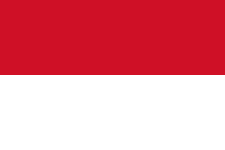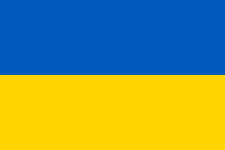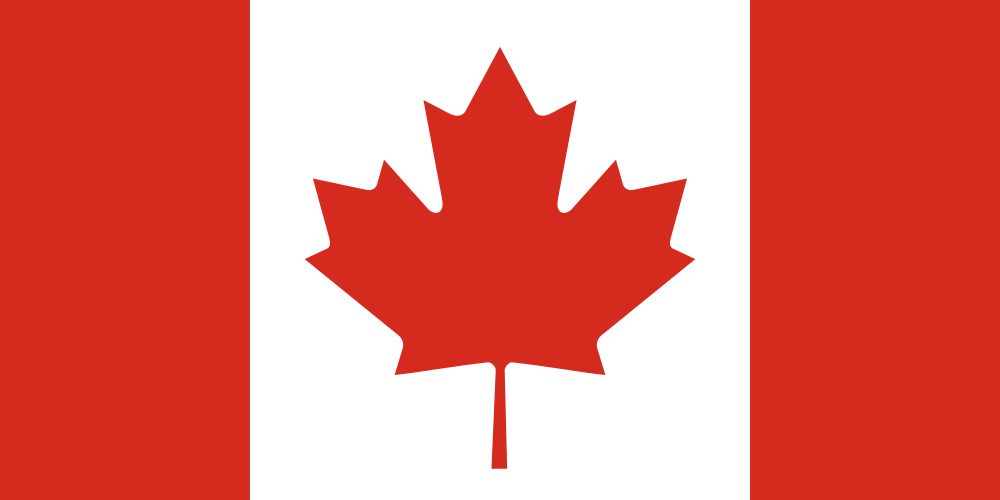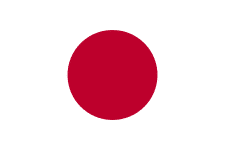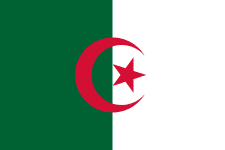- Industry
- Region
- Country / Region
On June 4, 2025, the Ministry of Communications and Digital Affairs (KOMDIGI) of Indonesia issued an announcement announcing plans to move most of the telecom equipment testing to the country by the end of 2026. With the establishment of the Indonesian Digital Testing Center (IDTH), Indonesia has the capacity to conduct tests domestically in accordance with international standards.
Click this link to view the original announcement of KOMDIGI.
On June 4, 2025, Indonesia's Directorate General for Digital Infrastructure (DJID) solicited comments from manufacturers on the implementation details of CISPR 35. The main comments solicited include:
- The manufacturer's current CISPR 35 testing status, such as the expected number of projects and typical cycles;
- The length of the transition period that manufacturers wish to begin with the disclosure of CISPR 35 testing in Indonesia on May 16, 2025.
Click on the link to view the original public consultation until 20 June 2025.
On June 4, 2025, the State Commission for the Regulation of Electronic Communications, Radio Spectrum and Postal Services (NCEC) of Ukraine issued Decision No. 362, amending Decision No. 81 issued on February 12, 2025. The amendments add 5G NR bands n28 and n78 for type approval. Manufacturers can now apply for type approval for 5G NR equipment operating in these bands, but 5G NR services are not yet available to the public in Ukraine.
Click on this link to view the original NCEC Decision 362.
On June 4, 2025, Innovation, Science and Economic Development Canada (ISED) announced that the compliance date for hearing aid compatibility and volume control requirements for mobile phone devices will be extended from January 1, 2026 to January 1, 2028.
Click this link to view the original ISED announcement.
On 30 May 2025, the Telecommunications Regulatory Authority (PTA) of Pakistan launched a public consultation on the revised Regulatory Framework for Short-Range Equipment (SRD) and the Terrestrial Internet of Things (IoT).
Click this link to view the original public consultation and the comment period is until 30 June 2025.
On May 29, 2025, Japan's Ministry of Internal Affairs and Communications (MIC) issued amendments to Regulation No. 54 of 2025 to the Telecommunications Terminal Equipment Regulations. The amendment imposes emergency cross-carrier roaming requirements for Internet Protocol (IP) mobile phone terminals, such as smartphones, to enable users to temporarily access other carriers' networks in the event of an emergency. The amendment will enter into force on October 1, 2025. A two-year transition period applies to IP mobile phone terminals that meet any of the following criteria:
- Have obtained certification in accordance with technical standards or have submitted a self-confirmation of compliance with technical standards;
- Special circumstances that may be considered with the approval of the Minister of Internal Affairs and Communications.
Click on this link to view the original text of MIC Regulation No. 54 of 2025.
On May 28, 2025, the Algerian Postal and Electronic Communications Regulatory Authority (ARPCE) published a list of 633 devices that do not need to be certified. The list covers network equipment, firewalls, industrial control modules, servers, storage solutions, and medical devices. Manufacturers on the list include Cisco, Huawei, Hikvision, Siemens, Schneider Electric, and more. The exemption applies to specific models in different technology categories such as switches, access points, firewall devices, industrial automation modules, and imaging equipment. This published list can be used as a reference for interested parties to determine which devices are exempt from the ARPCE's prior approval process.
Click this link to view the original ARPCE announcement.
On May 27, 2025, Indonesia's Ministry of Communications and Digital Affairs (KOMDIGI) officially launched the Mutual Recognition Arrangement (MRA) for telecommunications equipment testing laboratories with South Korea. Indonesia has accepted and approved two South Korean testing laboratories under this mutual recognition arrangement.
Click on this link to view the news report from the Directorate General of Digital Infrastructure (DJID) in Indonesia and the authorization of the relevant Korean laboratory.
Following the FCC's discussion and adoption of two bills on strengthening the equipment regulatory process and identifying the impact of foreign adversaries on the communications industry at its public meeting on May 22, 2025, the official content of the relevant bills was officially released on the FCC website on May 27, 2025, with the following main contents:
- FCC 25-27: The two-part decision of the announcement, with Appendix A to be issued in accordance with the final rule, will prohibit entities on multiple lists and entities controlled by foreign adversary countries as defined by the U.S. Department of Commerce (10% or more of the state-owned assets) from participating in the FCC equipment certification process as FCC testing laboratories, TCBs, and accreditation agencies; Appendix B is a solicitation of comments considering whether to further prohibit all entities in the territory of a foreign adversary country from participating in the FCC equipment certification process;
- FCC 25-28: Comment on the requirement for all entities authorized by the FCC to submit ownership information, the reporting threshold is likely to refer to the 5% threshold adopted in FCC 25-27.
Both announcements are not currently posted on the Federal Register website, and a comment period will be provided after they are posted. These two policies will have a greater impact on the domestic information and communication industry, and it is recommended that relevant enterprises and institutions pay close attention and actively give feedback during the consultation period to defend their own rights and interests.
Click on the links above to view FCC 25-27 and FCC 25-28 respectively.
On May 23, 2025, the Ministry of Communication and Digital Affairs (KOMDIGI) of Indonesia issued Decree No. 204 of 2025 on the technical standard for telecommunications equipment and/or broadband wireless access telecommunication equipment based on the IMT-2020 technical standard. The decree covers technical standards for terminals and base station equipment in the 5G n50 band (1432-1517 MHz, TDD).
Click on this link to view the original text of Legislative Decree No. 204 of 2025.
